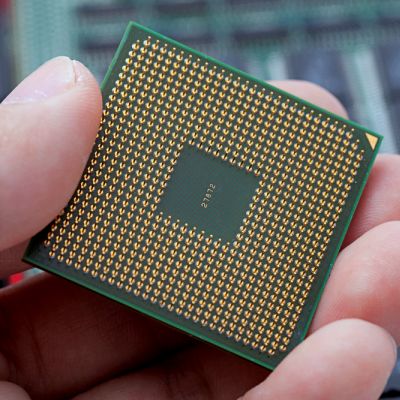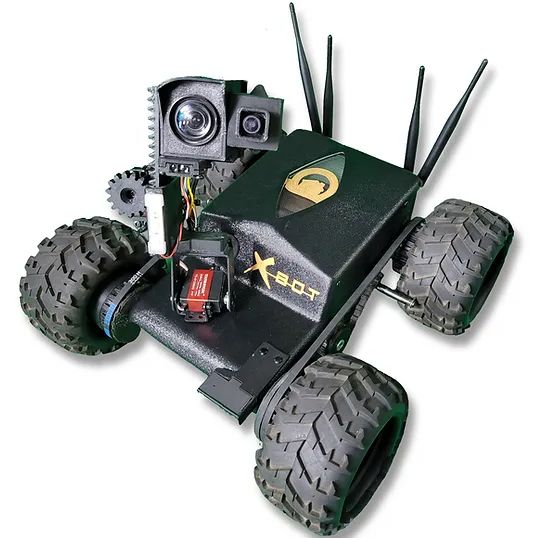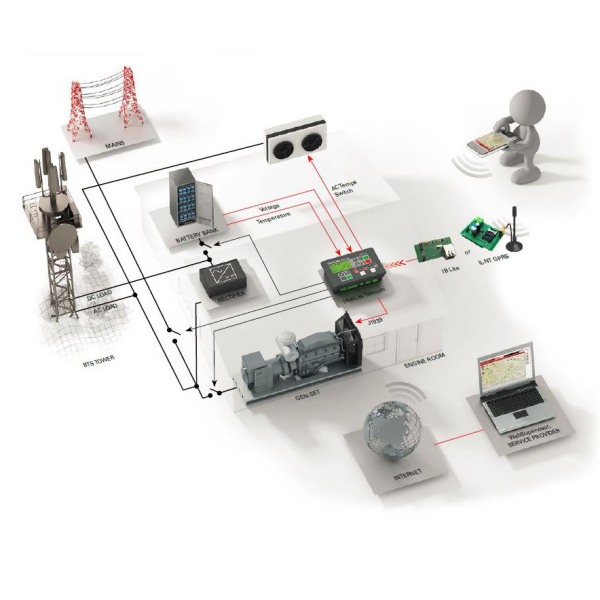Since introduced in 2017, leading product development companies from over 20 countries have implemented the MAHD Framework to increase speed, efficiency and quality . Some of the product categories and industries include:

From toys to computers, the MAHD Framework is accelerating teams' abilities to learn from customers and adapt designs to increase value and speed to market.

PCBs, ASICS and electronics systems have unique challenges with dependencies and lead times where agile seems ill-suited. The MAHD Framework manages the constraints of these designs through flexible Iteration and lead-time management techniques.

Agile techniques are ideally suited for mechanical devices. MAHD's IPAC Iterations provide the right framework to rapidly prototype and align electrical and mechanical disciplines as well as software toward common learning milestones.

Systems with a range of hardware and software elements often require a continuous flow of innovative releases. The Complete MAHD Framework provides flexible governance to consistently prioritize features and resources to keep teams on track.
To learn how the MAHD Framework can help you accelerate your NPD efforts, schedule a discussion with one of our MAHD evangelists.
“The MAHD Framework is the only Agile methodology that truly understands hardware.”
Download the Introduction to MAHD E-book to learn about the key elements of the MAHD Framework including how to initiate projects, the MAHD On-ramp and tips to get started going MAHD.
The fastest way to learn if MAHD is right for you is to request a 45-minute overview and discussion of your situation. Whether you currently use Stage-Gate, Lean, SAFe or other methods, we can help you quickly learn the unique benefits of the MAHD Framework.
Going MAHD Newsletter
Get the latest articles and resources delivered directly to your email.
© 2023 MAHD Framework, LLC